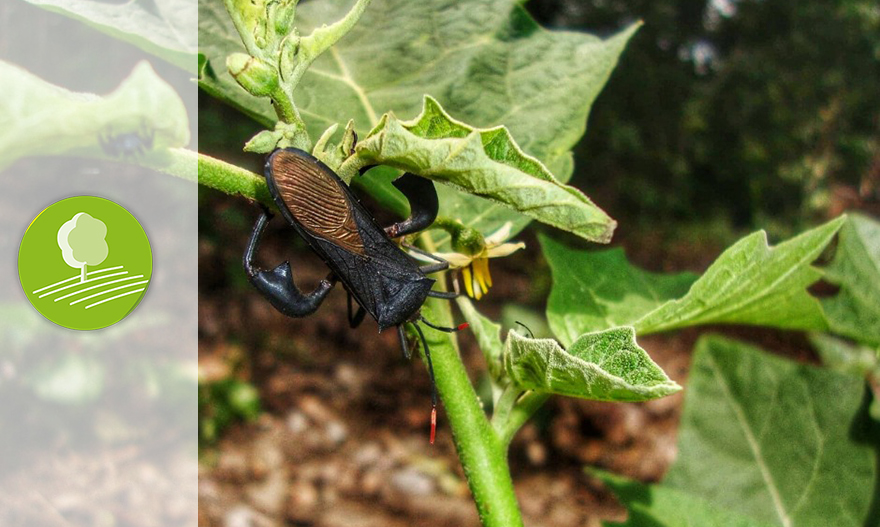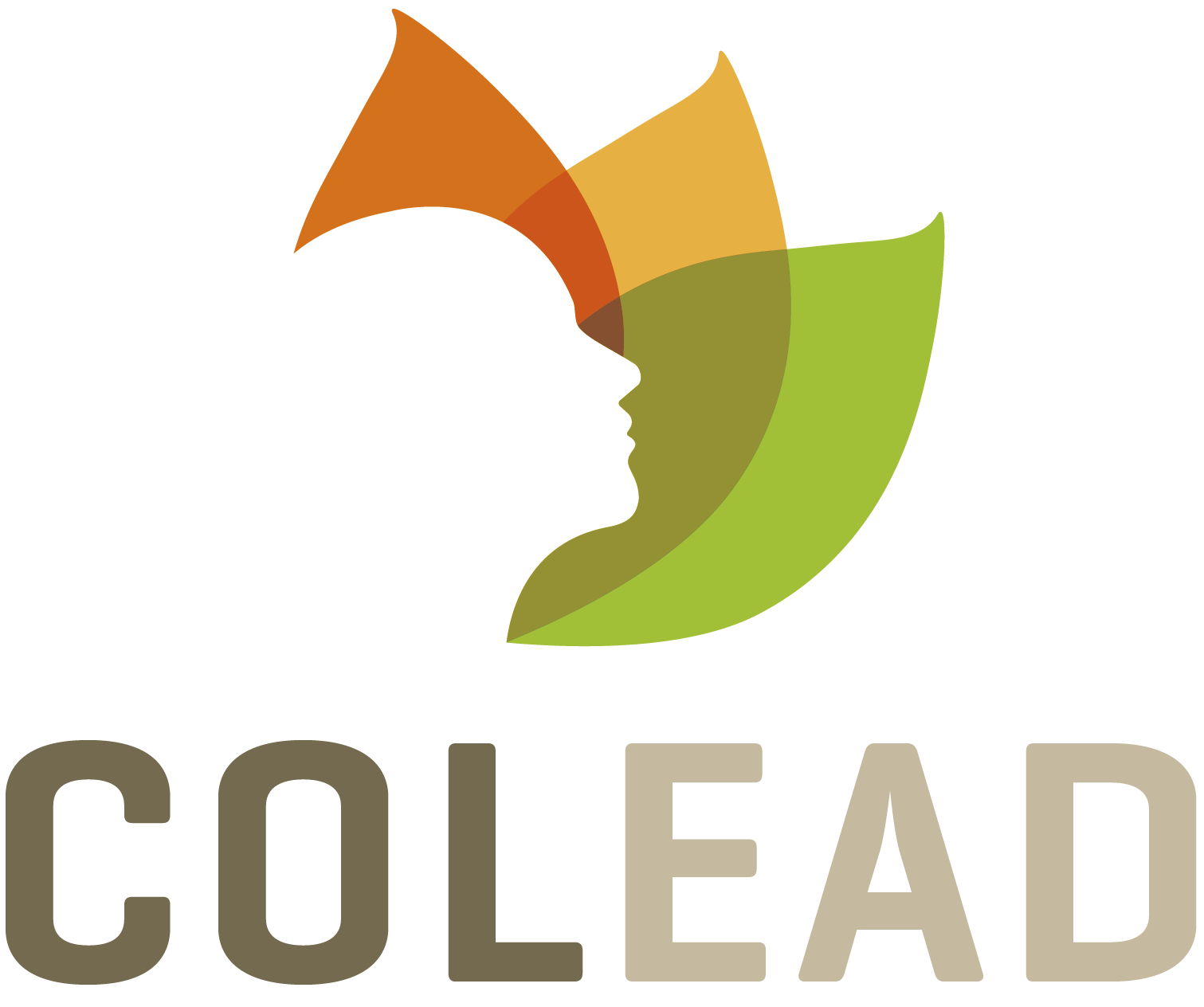
Introduction to Crop protection
Estimated duration : 30 min
The course offers an introduction to the basic principles of crop protection through various interactive and entertaining activities.

Crop protection (Intermediate level)
Estimated duration : 9h30
An estimated 50% of the world’s production is lost before or after harvest under the combined action of diseases, attacks by pests, and competition from weeds. We will learn that implementing an effective crop protection strategy starts with identifying the causal agents. This identification requires a basic knowledge of the life history, biology, and main characteristics of the latter.
This course will describe the various insect pests, mites, myriapods, plant parasitic nematodes, destructive rodents and birds, and will address the development and identification of plant diseases. Diseases are a key factor in crop yield losses. Understanding their origin and development is therefore essential.
Along with the negative impacts of pests and diseases, competing plants, commonly known as 'weeds', pose an additional set of problems to crops. We will discuss the direct and indirect damage caused by these species, and we will elaborate on cultural practices and factors that encourage their development (shorter rotations, reduced tillage, lack of effective herbicides, etc.).

Crop protection (Advanced level)
Estimated duration : 9h30
The implementation of effective pest management programs requires accurate methods for estimating population densities. In this course we will discuss the various methods of observation and sampling (direct counts and indirect methods). We will learn that one of the principles that must be observed in integrated pest management is to only use pesticides when pest populations reach densities where the cost of the potential yield losses would outweigh the cost of the treatment: the so-called economic injury threshold.
Furthermore, over the long term, plant pest and disease management is only meaningful if planned in the scope of a global approach and a well-thought-out strategy. We will therefore focus on the different pest and disease management strategies and the steps to follow for setting up an effective management program.
Lastly, we will take a look at the concepts of biological control and integrated pest management. The aim of integrated pest management (IPM) is to maintain the damage caused by diseases and pests below economically acceptable levels in the context of local production. Emphasis is placed on using a combination of techniques, including biological control, before resorting to pesticides. Case studies on whiteflies, leafminers, Phytophthora in pineapples, and the diamondback moth will enable the trainee to become familiar with these concepts, with a view to designing an IPM programme.

